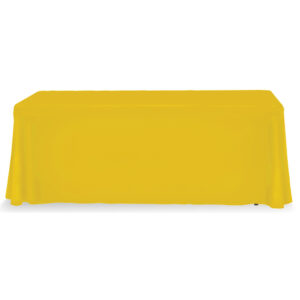Painting with Light: A Dazzling Journey into the World of Lighting Shows (and How I Got Hooked)
Have you ever stood mesmerized at a concert, bathed in a kaleidoscope of swirling colors and pulsating light? It’s like stepping into a living painting, where music becomes the brushstroke and light the artist. That’s the magic of lighting shows, my friends, and let me tell you, it’s a rabbit hole I fell down years ago, and haven’t climbed out since.
Back in the day, I was your average marketing manager – spreadsheets, presentations, the usual suspects. But then, I got assigned to a project promoting a music festival. Now, I wasn’t a huge concert buff, but something about the lighting show aspect piqued my curiosity. Maybe it was the idea of light transforming a stage into something otherworldly.
From Humble Beginnings to Dazzling Displays: A Historical Spark
So, I started digging. Turns out, the history of lighting shows is way cooler than I ever imagined. Forget fancy LEDs; we’re talking flickering firelight at ancient ceremonies, setting the mood for something mystical. Fast forward to the Renaissance, where pyrotechnics lit up royal celebrations like a fireworks finale on steroids. It’s a fascinating journey, seeing how lighting evolved from a simple tool to a storytelling powerhouse.
A Story of Ingenuity: From Garage Tinkerers to Lighting Legends
But the real magic, in my opinion, lies in the people behind the lights. Imagine a bunch of enthusiastic folks in the 60s, huddled in a garage, tinkering with colored filters and homemade strobe lights to create psychedelic light shows for rock concerts. These were the pioneers, the garage band of the lighting world, paving the way for the incredible displays we see today. Now, we have massive companies with teams of whizzes: engineers, artists, programmers – all working together to create light shows that leave us speechless.
A Symphony of Light and Sound: The Art of the Lighting Designer
Here’s the thing: a great lighting show isn’t just about throwing a bunch of flashy lights at the stage. It’s a carefully choreographed dance between light, sound, and the entire event’s vibe. Think of it like an orchestra – the lighting designer is the conductor, using their artistry to create a unified visual experience.
They play with things like:
- Tempo and Rhythm: The way the lights move can mirror the music, like a strobe light mimicking a drumbeat or slow beams echoing a melancholic melody. It’s all about creating a visual pulse that matches the sonic one.
- Color and Mood: Colors are like emotional paintbrushes. A vibrant red can pump you up, while a cool blue can create a sense of calm. A skilled designer uses this color palette to set the mood and tell a story with light.
- Textural Effects: Imagine sharp beams highlighting a guitarist, while softer light washes over the background. This layering creates depth and texture on stage, making the whole thing feel like a living, breathing entity.
A Brush with Greatness: Witnessing a Masterpiece Unfold
The first time I truly understood the power of lighting design was at a concert by this incredible electronic music artist. The opening notes hit, and the stage exploded. Laser beams sliced through the smoky air, painting geometric patterns that danced like fireflies. Strobes pulsed with the driving beat, and spotlights highlighted the artist, creating a sense of drama and energy that was simply electrifying. It was a masterpiece of light and sound working together, leaving me speechless and wanting more.
The Future of Lighting Shows: Pushing the Boundaries of Imagination
And the future, my friends, is as bright as the lights themselves. With new technology emerging all the time, we can expect even more mind-blowing experiences. Imagine holographic projections interacting with performers, or audiences wearing light-up wristbands that sync with the show. It’s a future where light becomes not just a visual element, but an interactive part of the experience.
So, the next time you find yourself at a concert or a show, take a moment to appreciate the artistry behind the lights. It’s a testament to human creativity and our constant desire to push the boundaries of storytelling. And who knows, maybe you’ll get hooked on the magic of light shows too – just like yours truly.


